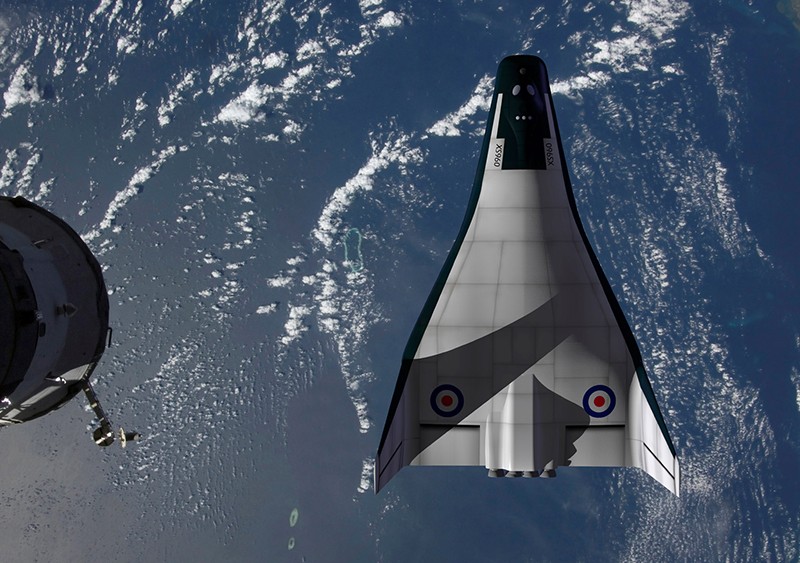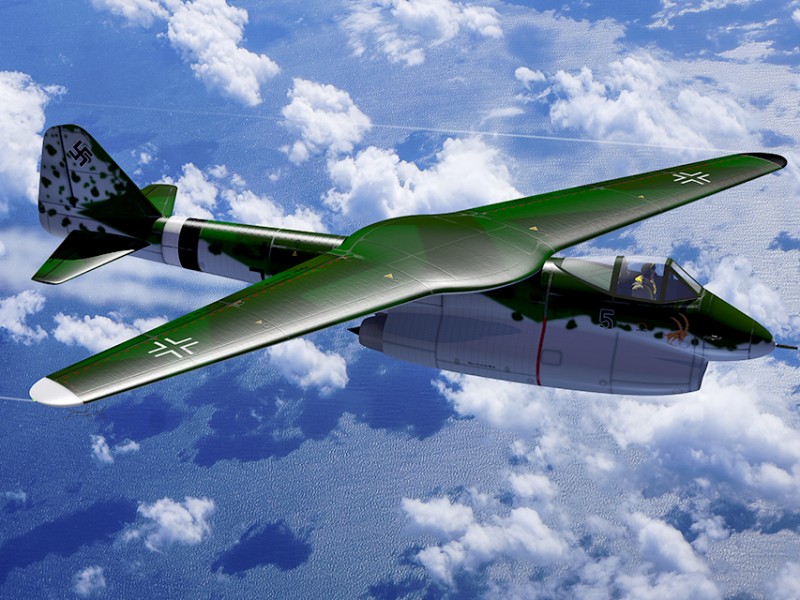



The fastest high-speed bomber that never flew
Bomber B was a German military aircraft design competition organised just before the start of World War II to develop a second-generation high-speed bomber. The new designs would be a direct successor to the Schnellbomber philosophy, using high speed as its primary defense. But the Bomber B would also be a much larger and more capable platform, allowing it to carry bomb loads of an equivalent mass to any existing medium and heavy bomber airframe designs then being used or even considered by the Luftwaffe, but not quite matching the combat radius figures of the four-engines “heavies” of the Allied air forces. The winning airframe design was intended to form the backbone of the Luftwaffe bomber force, replacing the wide collection of semi-specialized twin-engine medium bomber designs intended for replacement, as many of them had origins going back as early as the mid-1930s, shortly after the Luftwaffe’s founding. The Reich Air Ministry was so hopeful about the outcome that more modest projects were generally cancelled outright, so when the project eventually failed to deliver a working design, especially in the preference for a pair of high-output engines – meant to be capable of at least 1,500 kW (2,000 hp) each, if not more – to power the design, the Luftwaffe was left with hopelessly outdated aircraft.
Prototype airframes of the Ju 288 and Fw 191 designs were ready mid-1940, but in a taste of things to come, neither the Jumo 222 nor the DB 604 were ready to be installed. Instead of waiting, both teams decided to power their prototypes with the BMW 801 radial engine, although with 900 hp less per engine and with the BMW 801 radials themselves barely out of initial development, the planes would be seriously under-powered. The first 222s did not arrive until October 1941, and some eleven months later the DB project was cancelled outright. By May 1942, things were getting desperate, and it was suggested that the Daimler-Benz DB 606 be used instead, even though it was considerably larger and heavier (at 1.5 tonnes apiece), and was well known to have serious problems when not installed and accommodated properly in well-designed nacelles. Prototypes of both designs with these engines were ordered, although the Fw 191 was just getting into the air with the BMW 801 radials at this point and the 288 was showing a continual tendency to break its main landing gear on touchdown.
Desperation set in at the RLM, who had no other designs “in the pipeline” to fill the gap left if Bomber B did not work, even though some minor designs like the Henschel Hs 130, usually powered with two DB 603 or 605 engines, and the Dornier Do 317, itself being tried with the same, trouble-prone DB 606 or 610 “welded-together engines” on some of its prototype airframes were also being considered. A slightly improved Ju 88 — based on the prototype-only Ju 88B design — was ordered as the Ju 188, and several prototypes of “stretched” versions of existing bomber designs with four engines were also ordered, as with Junkers’ own Ju 488 in 1943-44.
In June 1943, the T-Amt finally gave up; by this point, even if the Jumo 222 started working reliably, as it had begun to do so in the summer of 1943, a shortage of the metals needed for the high-temperature alloys it used meant it would not be able to enter production anyway, with just under 300 development power plants built. The three-year development period during wartime in Europe, with no combat-ready designs to show for the effort, meant that the Germans’ Bomber B project was a time-consuming venture that delivered nothing, while also serving to ensure that no other designs were available in late 1943, when their existing twin-engines medium bombers — most of which were first developed in the mid to late 1930s — started to become hopelessly outdated.
- Posted In:
- Aeronautical Design




Leave a Reply